| Jimmy Talarico | Artist |
From the notebook…
|
I thought it'd be fun to show the beginnings of an idea. I've had a 'hankerin' for trying a piece with saw dust or cardboard and wax to give my pieces a lighter base. This idea came to me during my morning 'quiet time.' It's funny, you can wait for days to hear inspiration and when it comes it comes like a flash. And if you're not ready to receive it, you'll miss it. But this morning I got it. It was the sketch in the image above to the top right. I was asking, "Why am I so hard headed and unwilling to give in to something outside of myself?" And at that moment was the flash of this image and the text Hard Soil Broken. Now, I'm a Christian, and I never intend to force my beliefs on anyone. I believe that God is bigger than man's dogma and if you sincerely search for truth, He will reveal it to you. If God is afraid of us questioning Him, He is no God. That all being said, this is my story and it includes my beliefs, so bear with me. I was floored to think I was getting an answer to my question in the form of an art piece. Why not just a word? Why not a story? It was like God was speaking to the core of who He made me to be. Now I don't believe this is some sacred piece. It's just the result of a conversation. You may have as equally significant a conversation spoken in an entirely different way. This is how my conversation was spoken. Anyway, this was about a week ago. Today I finally pulled the canvas off the shelf to get started. It was very interesting grabbing that canvas tonight. It was surprising the feeling that I felt. It has been a few weeks since I started a new piece and it felt the way you feel meeting a great old friend after a long absence. Really cool. Ideas always evolve, and this will be no exception, so where we end up is anyone's guess. Either way, here I go. Off again to further discover who I am...
1 Comment
Here is the final image of my latest piece. The title was taken from a line in this poem I wrote: III. I sing in silence to my soul Wind through leaves on trees and ground Enamored heart now takes it's toll Before you even make a sound A taste so sweet I feel it's flavor Touch so pure it's fragrance found Unbound by mercy laced with favor Echo in a distant sound With lightning's flash and thunder's roll The glory of a kingdom crowned As freedom laughs at self control A quiet whisper of a sound This piece was a great emotional release as I felt "free" to simply create. I kept the John Coltrane Pandora station blasting and let the music influence my decisions on color and textures. I wanted it to feel like it was just pulled out of my mind so multiple layers of color were applied to keep the direction of my brush strokes as ambiguous as possible. For more information on this piece follow this link.
First of all, I realize some of you who follow this site may not follow our Facebook page so you may not have known I was off social media for a week as a part of a media deprivation exercise I was doing. It was a task for a study I'm going through on increasing creativity. I look forward to sharing more about it later. And now, on with the show... So this is a recap of the Dear Mike project I completed a couple of weeks ago. I'm writing this blog to give some insight into the symbolism and decisions I made throughout this process. To begin with, this was a project I was asked to create as a wedding anniversary gift from a wife to her husband. I was given a box of letters the couple wrote each other before they were engaged and was given complete liberty in finding an appropriate way to express them. I'd done another project where I used wedding cards to create paper mâché, but for this project I felt it was important to retain the letters to some degree. The letters were private, but I wanted some words to be discernible so the couple could be reminded of those memories while reading the few words that would remain. The interesting thing about our memories is that we tend to fill in the blanks as we see fit. We never truly remember an experience as accurately as it happened, there is always conjecture. I wanted to give a place for that conjecture to stir up old memories. To do this I decided to fold the letters up line by line and infuse them with wax so they would hold their form. I had seven years of letters and one group with no dates so I split up the letters into eight groups. Then I took the maximum number of letters from one year and divided it by 18" (the height of the canvas) to get 3/4". So I created jigs out of aluminum angles to form 3/4" wide folded letters. The density of each letter within this 3/4" jig showed how long the letters were. This mathematical approach seemed appropriate since both my client and her husband are engineers. I used a similar approach for the width of each letter so each column was 4 1/4" wide. I then melted each letter to a canvas to give the basic layout. I filled the rest of the canvas with wax and ash, which has become my current medium of choice. The wax is repurposed from thrift store candles and the ash is from burned consumable waste cardboard. I know this may sound weird but it really becomes a terrific metaphor for hope and beauty. The candles were most likely originally purchased to celebrate an event centered around love; birthdays, weddings, romantic dinners, etc. But for some reason they lost their value and were given away for nothing. The burned cardboard is symbolic of purifying something that would otherwise be deemed garbage. Both products are then used to create a new object of beauty. After the wax and ash were applied to Dear Mike, I covered them with acrylic paint in colors that complimented the colors of the letters, but I wasn't completely satisfied with that layer. During a critique with Melinda she said, "Why don't you just try black and white?" I thought about it for a while then realized it fit well with the concept. There is a certain naïveté that comes with new love. It blinds us to certain shortcomings in our partner and allows us to simply be enamored. This is represented by the white paint covering most of the beginning sets of letters. But the black comes in from the side of the future as a way to represent uncertainty or times of struggle. See, the truth of love is not found in the black or in the white, either one alone is incomplete. The truth of love is only realized when the two meet. Because any of us who have been married past the honeymoon stage have at some point come to the realization that love is a choice. It's not a funny feeling you get when you're around your partner; you learn that that feeling comes and goes. No, the real strength and beauty of true love happens the moment you recognize that flutter has faded and you decide to remain in love anyway. And with that you get Dear Mike. Congratulations Kathi and Mike on another wedding anniversary and here's to many, many more. Thank you so much for giving me the honor of contributing to your story. And to everyone else, thanks for taking the time to read this. We sincerely appreciate it. Continuing the study of the book Art & Fear by David Bayles & Ted Orland brings us to Chapter 5: Finding Your Work. This is all about honesty and making real things. Or should I say making things real. "In the ideal -- that is to say, real -- artist, fears not only continue to exist, they exist side by side with the desires that complement them, perhaps drive them, certainly feed them. Naïve passion, which promotes work done in ignorance or obstacles, becomes -- with courage -- informed passion, which promotes work done in full acceptance of those obstacles. Foremost among those obstacles is uncertainty." The authors make an interesting assertion on the difference between the art viewer and art maker. Clearly there are limits and liberties to both; for example, art viewers are not limited by place and time. But for art makers, their work will always reference a very specific place and time, a moment. Art viewers are 'moved' by experiencing great art, but art makers are changed through the process of making. And the artist finds honesty and truth in discovering his or her process. Power in art making comes from letting your art express who you are, instead of copying someone else's style or intent. From here the authors discuss the importance of creating a body of work that will end up being an evolution from one idea as opposed to continually finding 'new' ideas. This keeps art makers engaged in the process which will ultimately lead to great creative works. "There's a difference between meaning that is embodied and meaning that is referenced. As someone once said, no one should wear a Greek fisherman's hat except a Greek fisherman." "One of the best kept secrets of art making is that new ideas come into play far less frequently than practical ideas -- ideas that can be re-used for a thousand variations, supplying the framework for a whole body of work rather than a single piece." From here the concepts of form and technique are discussed as a way to suggest how an art maker must stay engaged with his or her ideas. There is a practical side to honing technique. It produces boundaries within our work that allow us to explore a host of ideas within a familiar framework. "The discovery of useful forms is precious. Once found, they should never be abandoned for trivial reasons... The hardest part of art making is living your life in such a way that your work gets done, over and over -- and that means, among other things, finding a host of practices that are just plain useful. Your voice will come through honing the familiar. Only you know what to say about your art, and only you know how to say it. Keep saying it, and sooner or later the art viewer will acquire an ear to recognize your voice.
Quick progress update. The letters are stacked and getting melted onto the canvas. Their height and density show how many letters were written each year and how long each letter was. What's the black stuff? Good question. It's a combination of ash and wax. Really?... Why ash and wax? Another good question. They are both symbolic and functional. You see, my overarching interest with my art right now focuses on Value and Memory. I use ash from burned cardboard and paper waste; fire and burning has always been a metaphor for purity. So it's a way to repurpose something of no value to give it new value. As for the wax, I prefer to use candles I find at thrift stores. Thrift store items are compelling to me. Yes, Melinda does think this is weird. :) But let me explain. Everything in a thrift store was once purchased by someone because they valued it. Then somewhere along the way it was discarded as waste. If you look at candles specifically, they were typically purchased for very special moments: birthdays, weddings, romantic evenings, etc. But at some point they were given up. Why? Was there a death or did a relationship end or did the kids move out of the house? Whatever the reason, it marks a point in someone's life when that purpose for buying the candles lost value. So I like to think that I'm honoring those initial memories by using these materials for art. Specifically for this piece, it's the perfect marriage of concept and material as a way to preserve and display these love letters which may never be discarded.
This week in the book Art & Fear the authors look at our fear of others and how it can hamper our creative pursuits. As artists, we tend to look for two things from others: acceptance and approval.
Architecture has been a great proving ground of this idea in my life. The times I've struggled the most in finding strong conceptual, creative solutions for clients is when I've thought too much about what the client will like instead of simply doing what was right. My best solutions have always come from only focusing on the design issue in front of me and blocking out any anticipation of how anyone will react to it.
Learning how to communicate with your art takes practice and commitment. If you can block out the external "noise" and focus on what your work is saying, you will be satisfied in knowing the idea of exploration has been served.
So how do you find the voice in your work?... We'll look at that next week. So my first client is an engineer. Turns out her husband, for whom this piece is being created, is ALSO an engineer... and I need to make something that is about them and that they will love. Well that sounds easy enough..... Right. :) The solution? I've created a system based on math (probably something fancy like derivatives, whatever those are) that will be used to display these letters. I started with the dimensions of the piece, 18" x 36". Then I took the number of years represented (which is 5, plus a misc. stack of undated letters) and the number of letters in each year (which varied dramatically) to determine that each letter had to be contained in a 3/4" x 4 1/2" block. The third dimension, height would vary based on how many pages were in each letter. Wow... That's all quite a mouthful. But I know my client will most likely check my math and appreciate the "engineering" behind the art. It's just another layer of taking these Memories To Masterpiece. This post is a continuation of my review of the book Art & Fear by David Bayles & Ted Orland. It looks at the second chapter titled "Art & Fear." "Artists don't get down to work until the pain of working is exceeded by the pain of not working." -Stephen DeStaebler This is how I lived for years. I would let the urge to create bubble up within me until I felt like I was going to explode without some sort of release. Then I'd go on an art binge for a few days and create anything from sculptures to films to rap songs (yeah, I wish that was a typo!). After the binge I'd let the creative hunger recess back to my brains nether regions until the urge would rise again a few months later. The problem with sporadic creation like that is it lacks consistency, and consistency is essential to growth and development of skill. "Making art precipitates self-doubt, stirring deep waters that lay between what you know you should be, and what you fear you might be." -David Bayles & Ted Orland in Art & Fear I was watching a great interview on artist Polly Morgan who gained immediate "success" as a taxidermy artist. Her work really is amazing. But the thing that struck me is during the interview she said (paraphrase), "I have this fear that someday people will realize I'm just a fraud." Now that was great for me to hear! This truly talented artist shared the same fear that the rest of us have. I think it comes from the strain between essential self-exploration of one's work and the worry of "will anyone like this?" As an artist, what others think needs to be a reaction to the art you create, not a catalyst. And uncertainty is foundational for creative discovery. "People who need certainty in their lives are less likely to make art that is risky, subversive, complicated, iffy, suggestive or spontaneous. What's really needed is nothing more than a broad sense of what you are looking for, some strategy for how to find it, and an overriding willingness to embrace mistakes and surprises along the way. Simply put, making art is chancy -- it doesn't mix well with predictability. Uncertainty is the essential, inevitable and all-pervasive companion to your desire to make art. And tolerance for uncertainty is the pre-requisite to succeeding." -Art & Fear Art & Fear. Anyone who has attempted to create art to share with others knows these two words go together well. But despite the fear, art remains essential to create. I'm going to run a quick series of highlights I've found in the book "Art & Fear" by David Boyle & Ted Orland. This book is not a "how to" on creating art, rather it is a sort of pep-talk for the artist not sure if he or she is willing to take the first steps toward creating. I read this book when I decided to start taking my work seriously. There are some great points that put what we do into perspective. For example:
I know for me, my art never ends up looking like how I planned for it to look. Something happens in the process where your work will start to inform you about the direction it needs to go. Learn to listen. And understand that your perspective of your work is always different than the viewers:
When you understand your perspective and the viewer's perspective will always be different you gain a sense of freedom because you know your work can not be done to please someone else. This means your only other option is to serve the idea for its own sake. Doesn't that sound incredibly refreshing and liberating?
So choose to persevere. I hope this encourages you to get off the fence and create. Your ideas are worth exploring, even if only for yourself at first. But learn from each piece. Listen to how it communicates. Take risks. And grow. |
Jimmy & Melinda TalaricoFrom here you can read our opinions on our industry, updates on our work, and pretty much anything else we'd like to discuss. Dialog is appreciated so please comment! Archives
August 2023
Categories
All
|
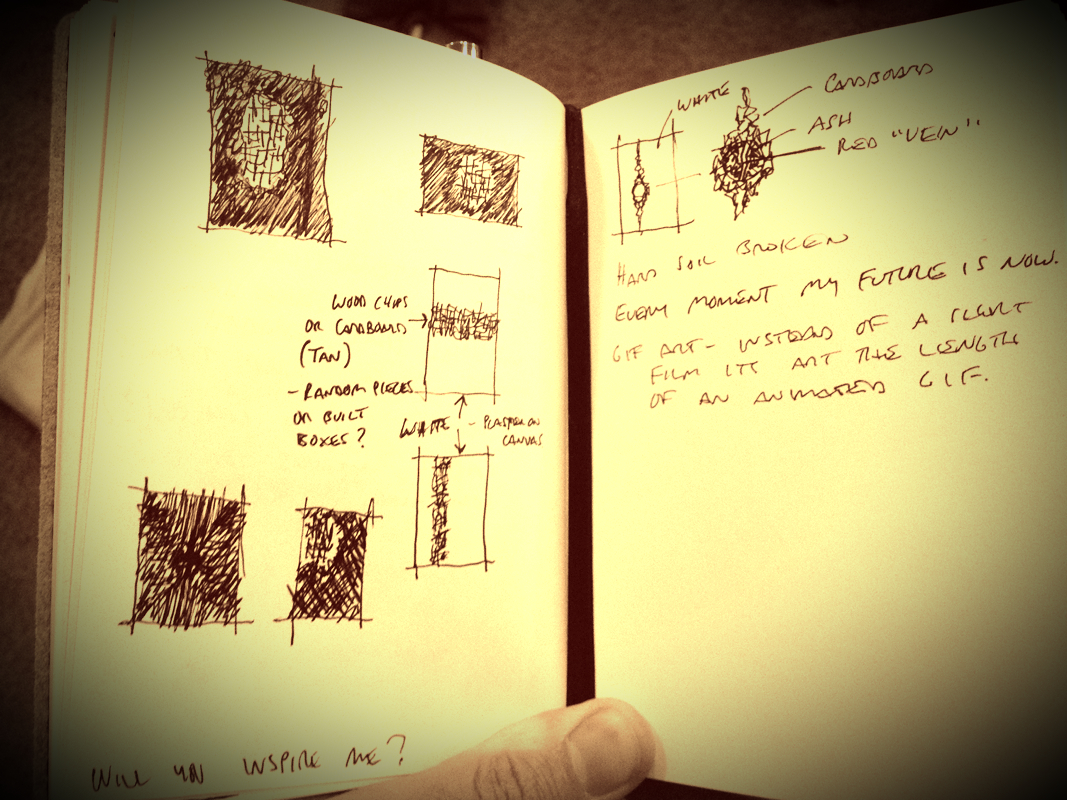
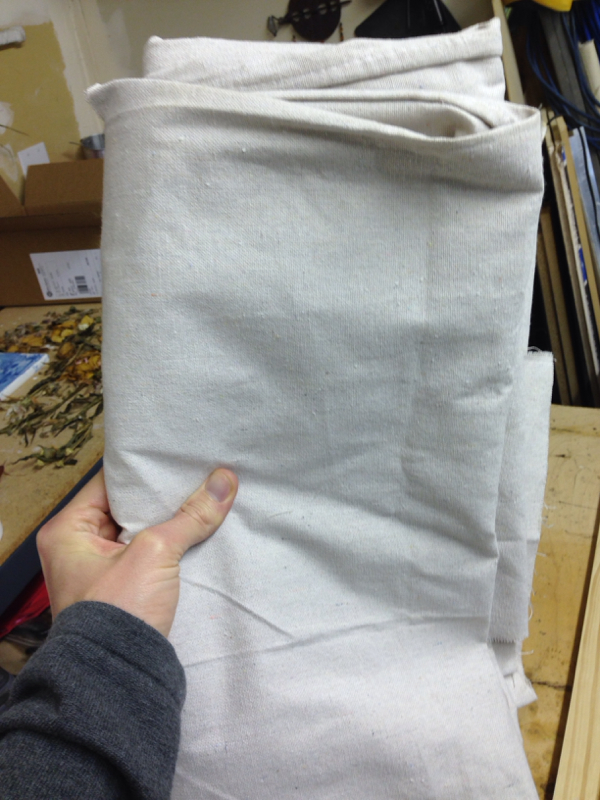
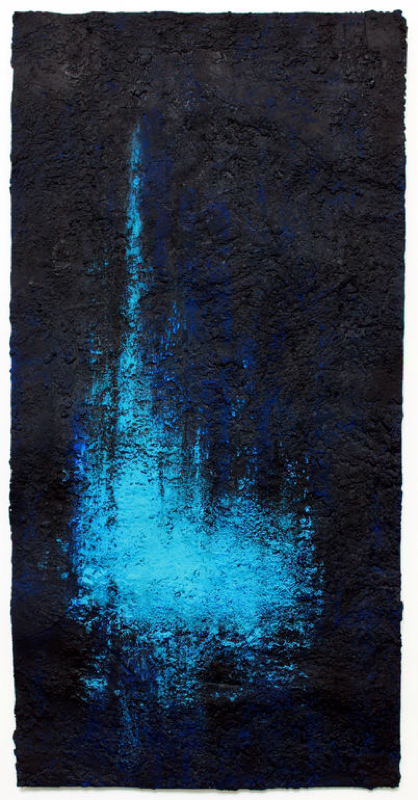
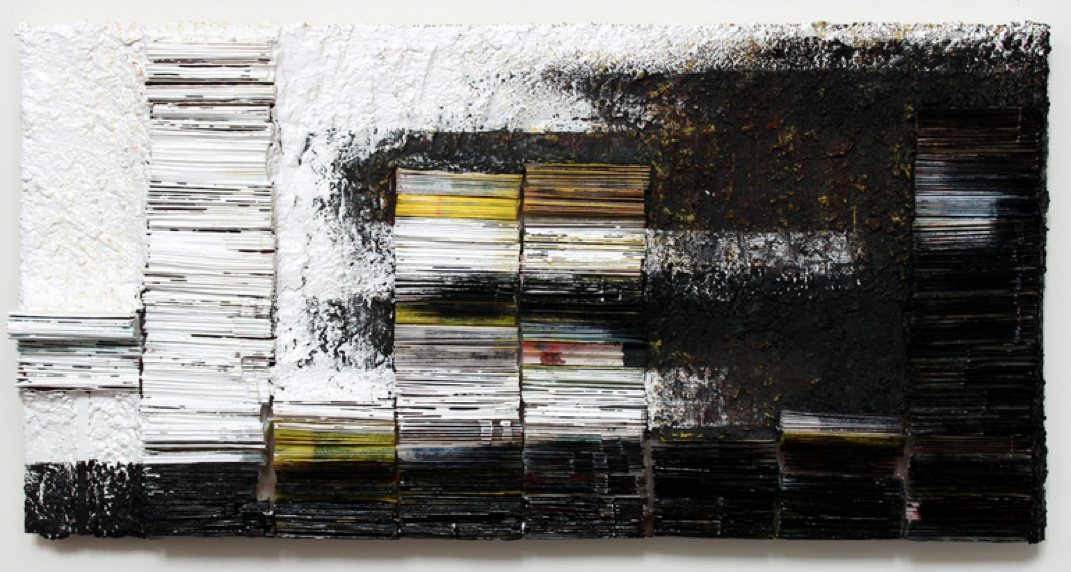

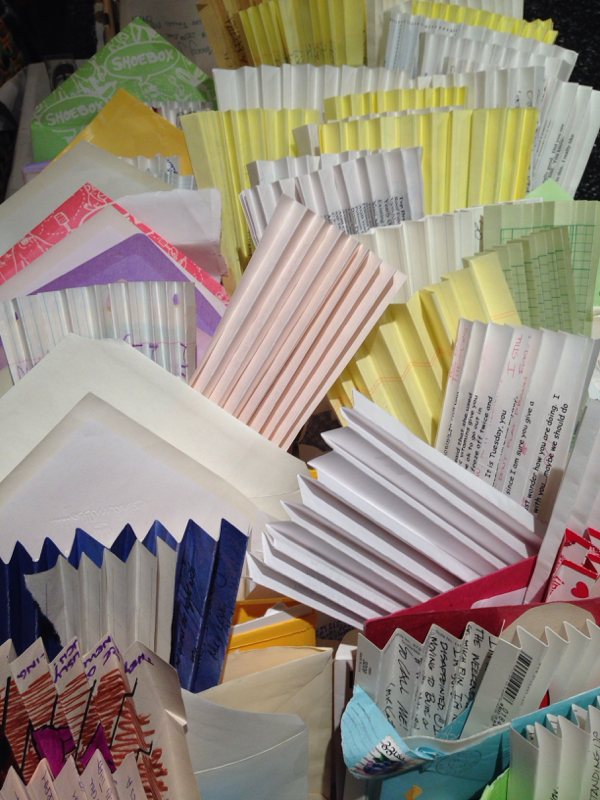
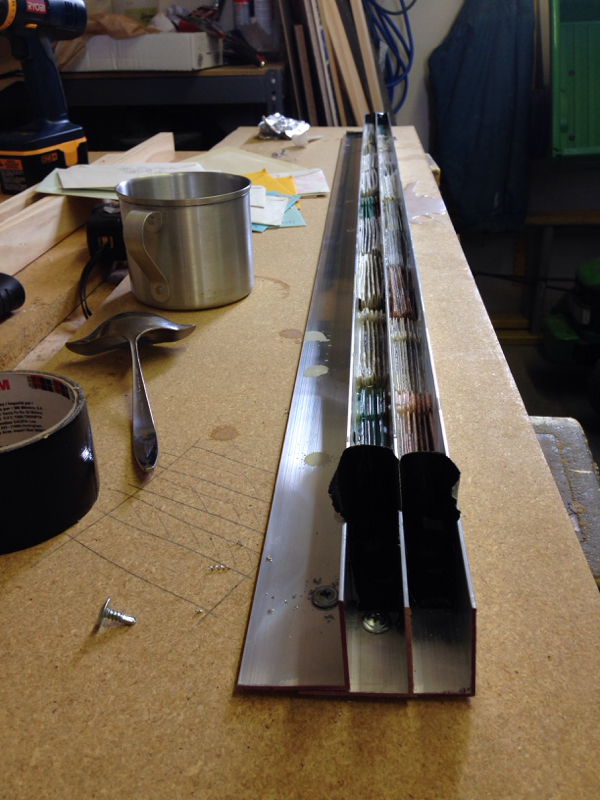
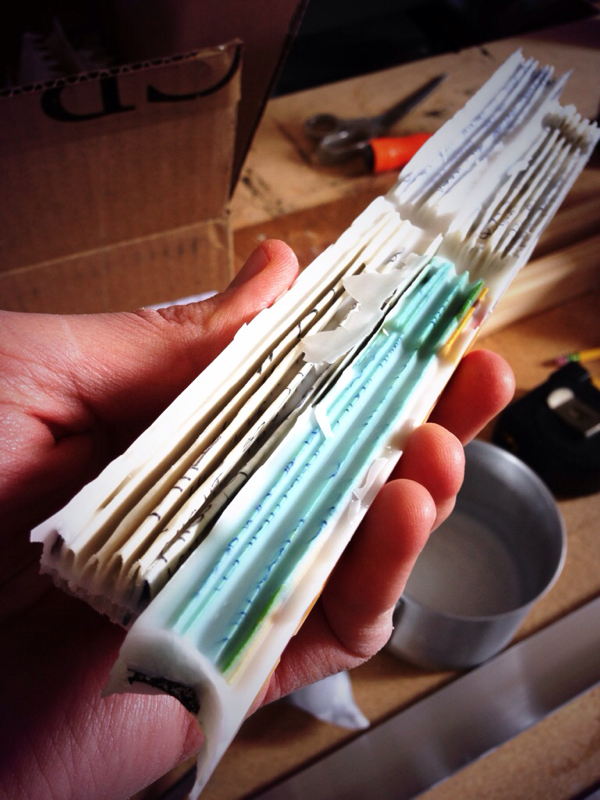
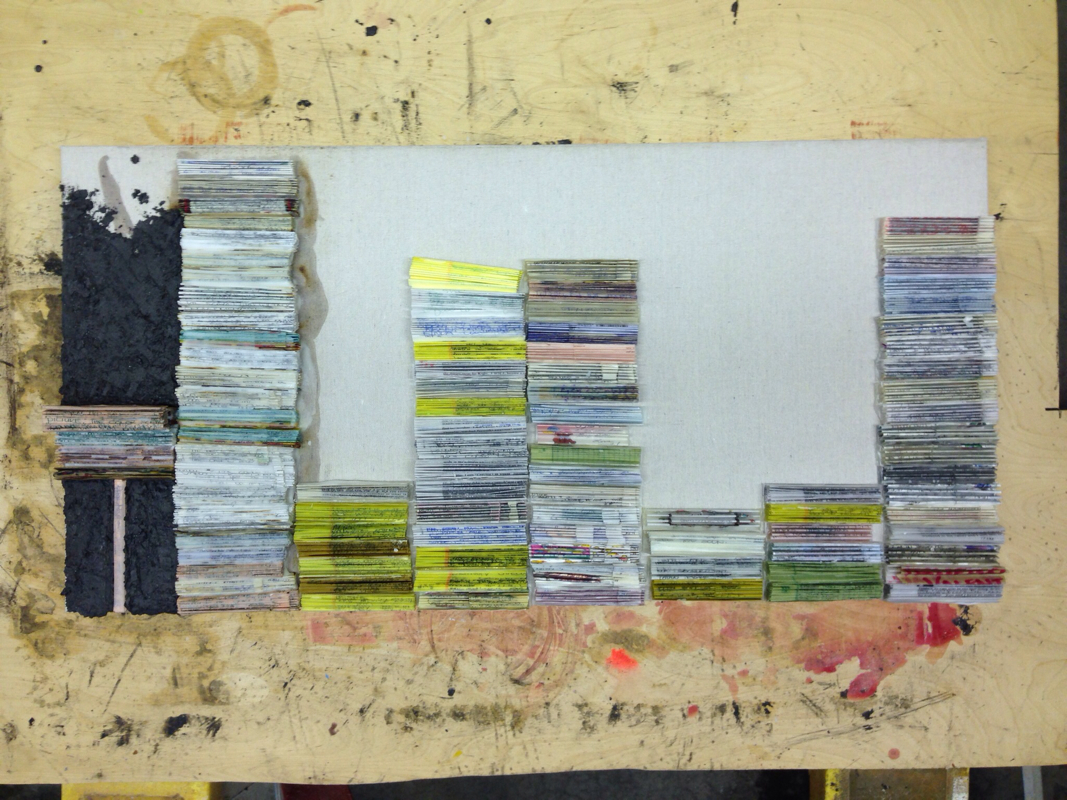
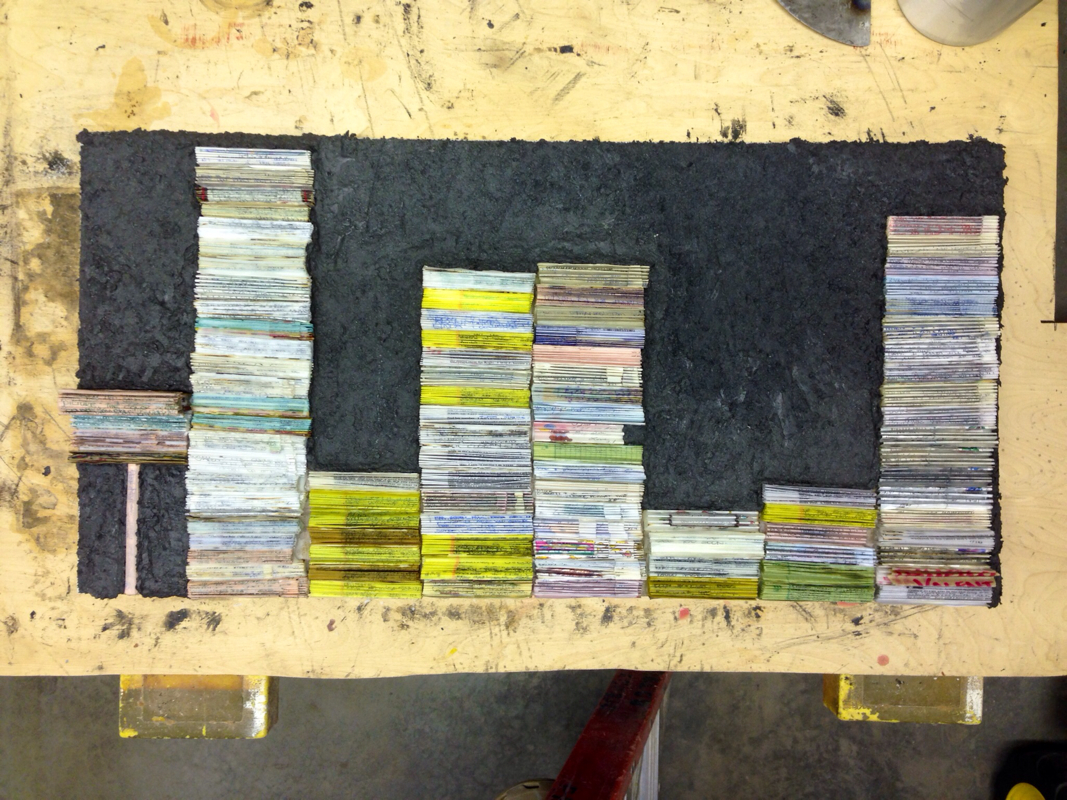
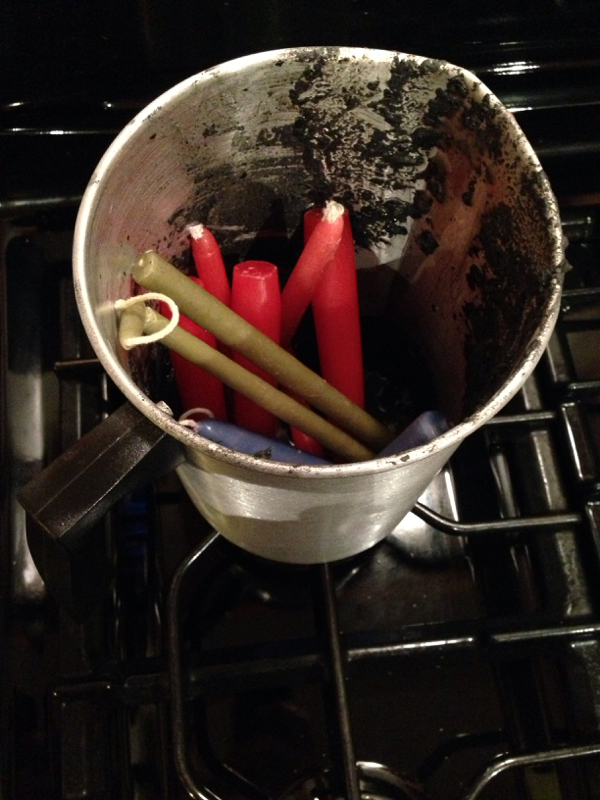
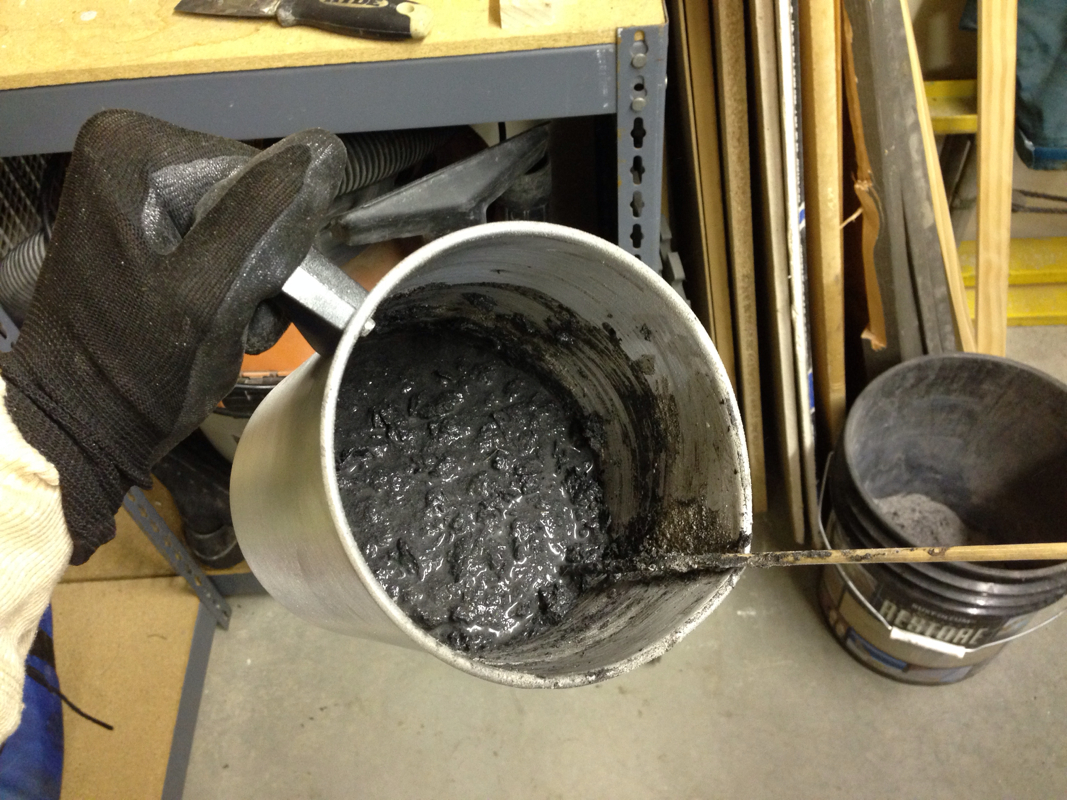
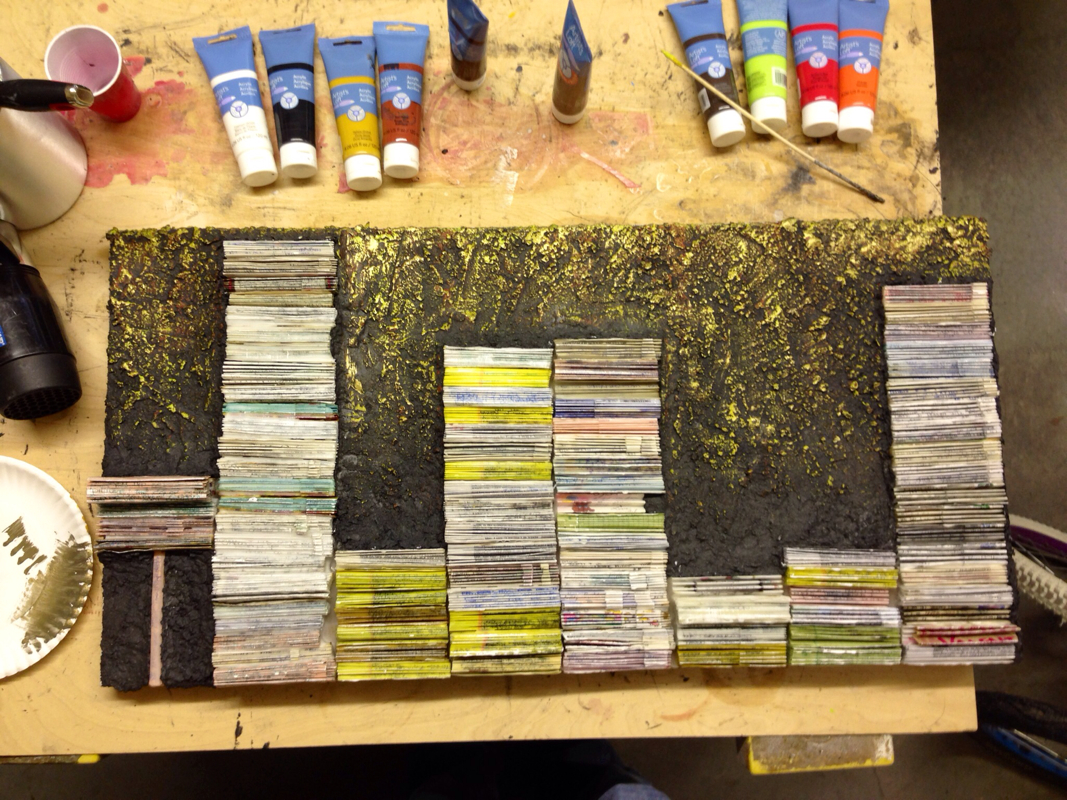
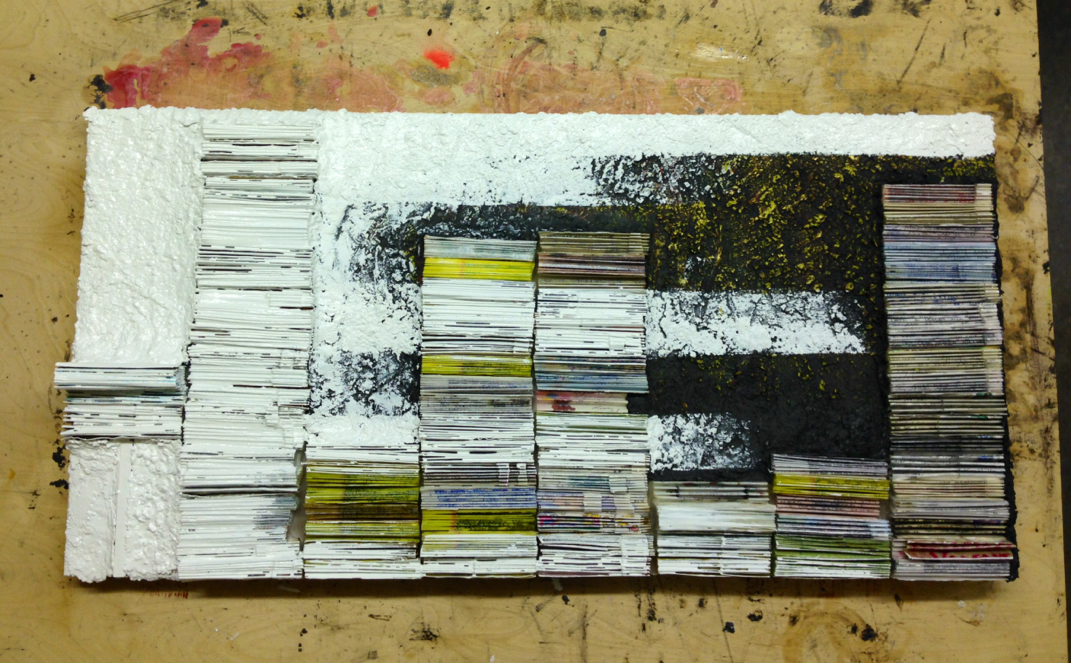
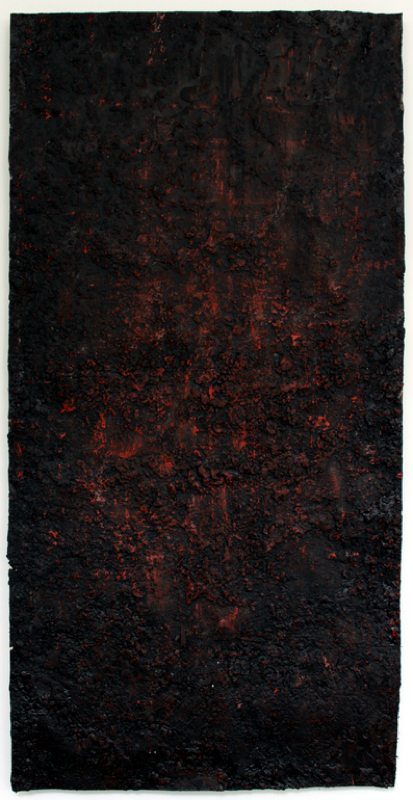
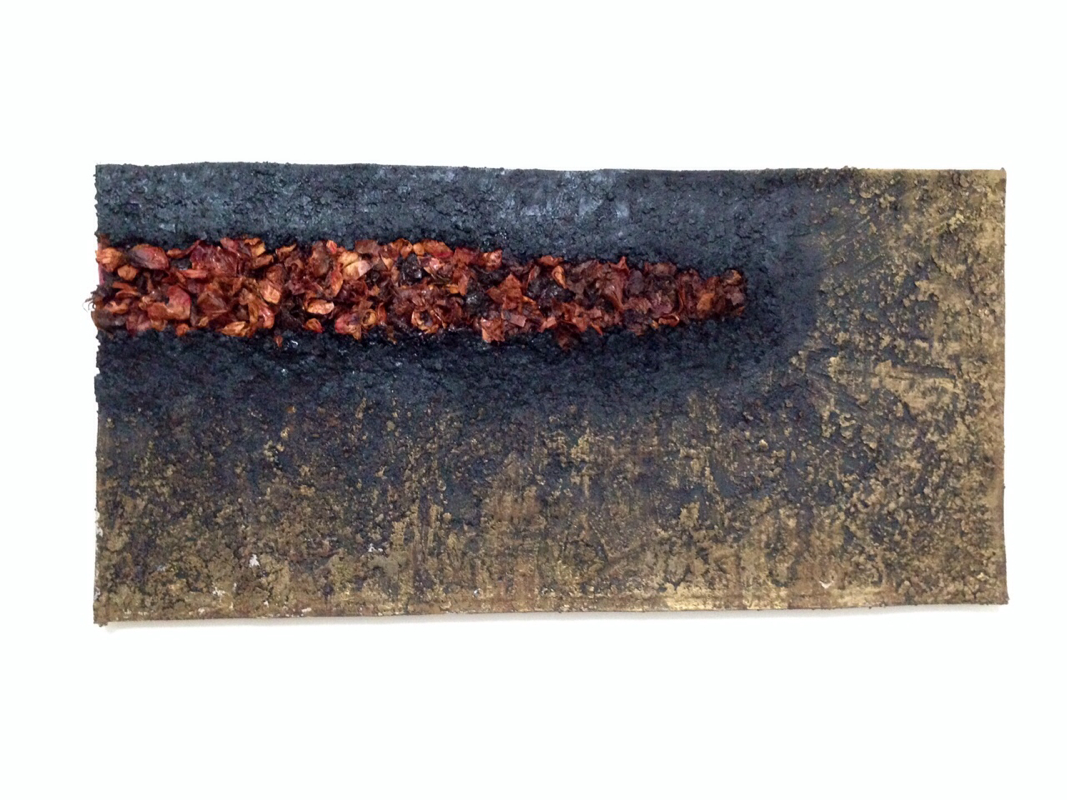
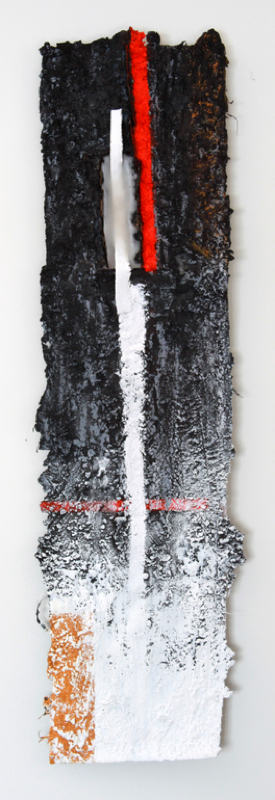
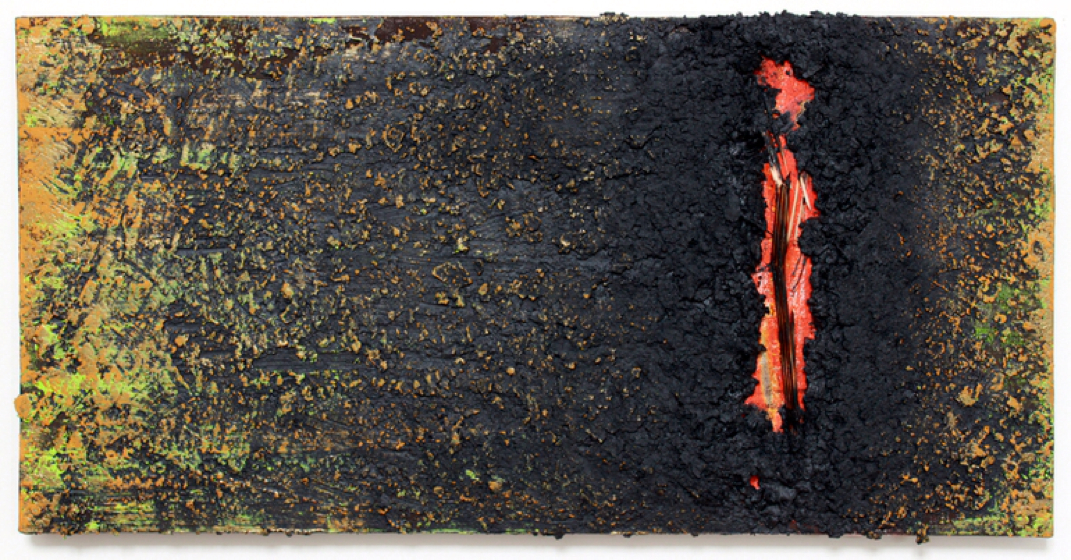
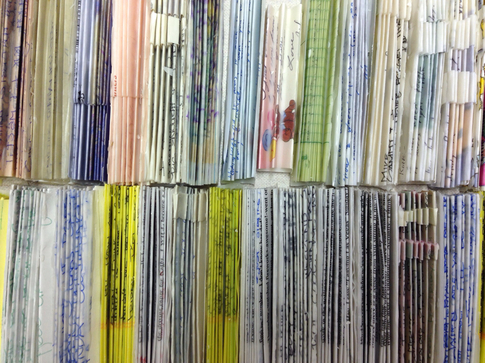
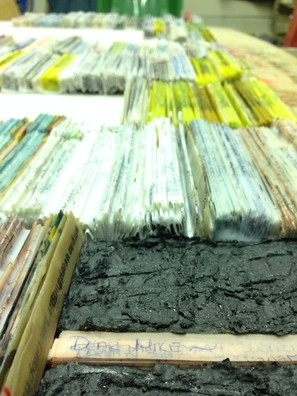
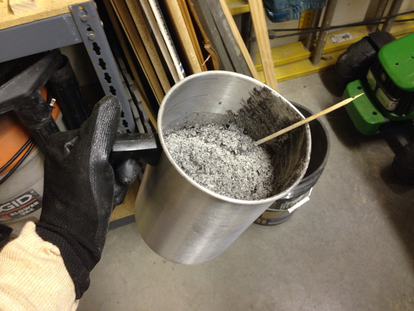
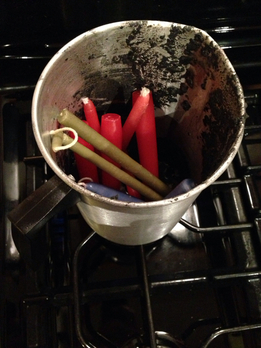
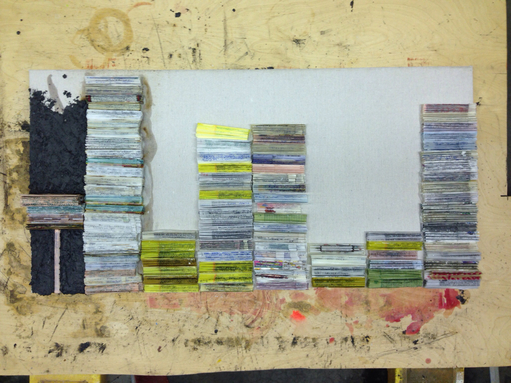
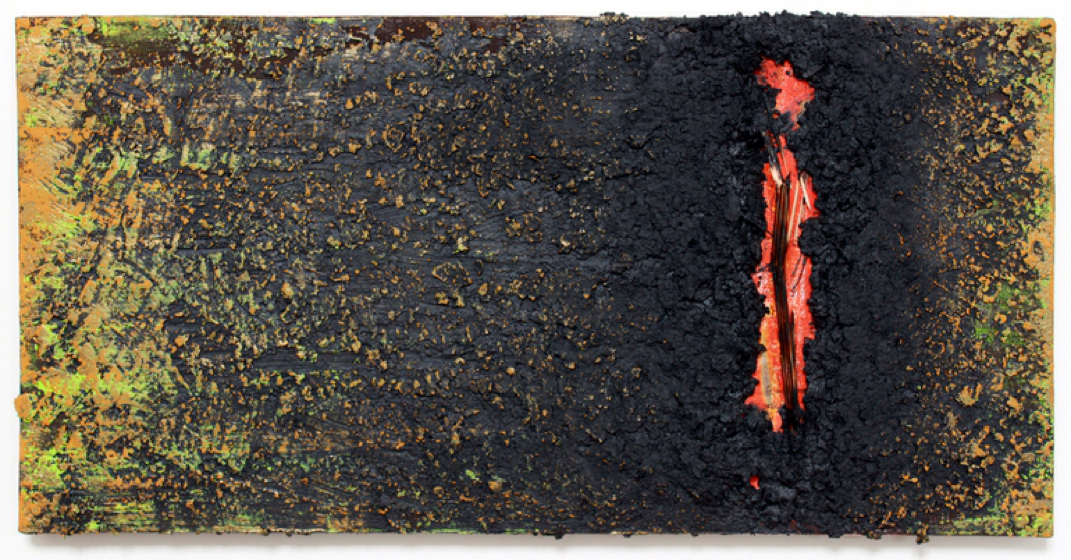
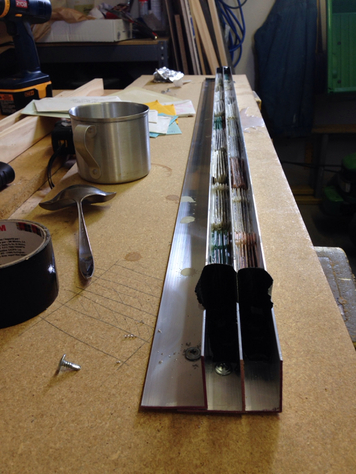
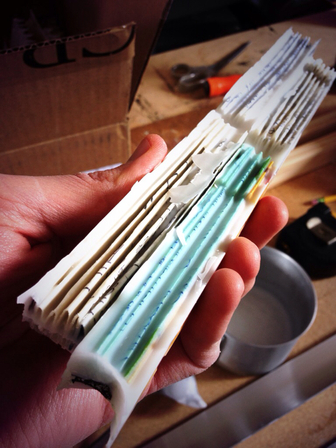

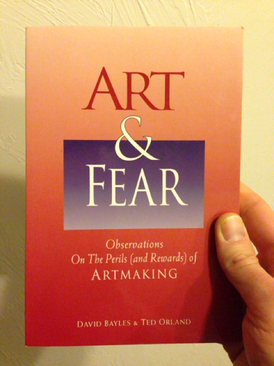
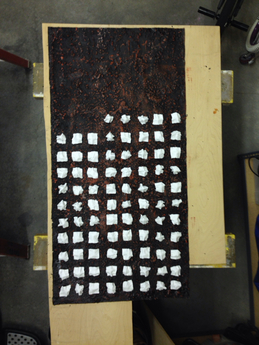
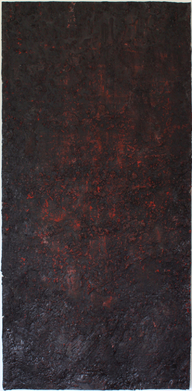
 RSS Feed
RSS Feed
